Virtual personal assistants to account for 20% of smartphone interactions by 2019
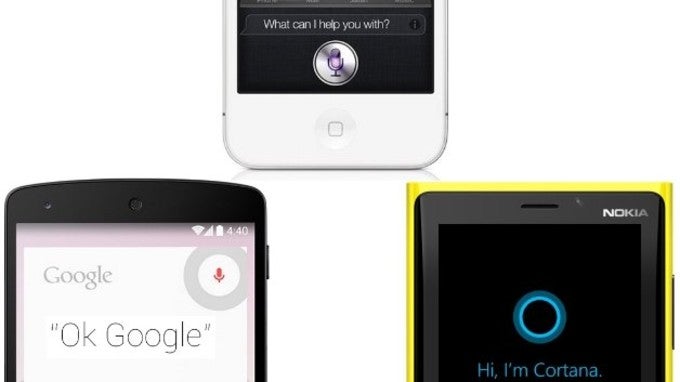
The role of interactions will intensify through the growing popularity of VPAs among smartphone users and conversations made with smart machines... We expect AI, machine learning and VPAs to be one of the major strategic battlegrounds from 2017 onwards, and make many mobile apps fade and become subservants of VPAs
The company also reminds us that voice commands are not the only way to interact with virtual personal assistants, citing Facebook's Messenger as an app which enables users to do things such as interacting with businesses to make purchases and ordering Uber cars without the need for separate, dedicated apps for each service.
Gartner also makes the estimation that by 2020 there will be an installed base of around 7 billion personal devices, consisting of 1.3 billion wearables and 5.7 billion Internet of Things, with the majority of them being designed to work with minimal or zero touch.

Annette Zimmermann, research director at Gartner
Interactions will move away from touchscreens and will increasingly make use of voice, ambient technology, biometrics, movement and gestures... In this situation, apps using contextual information will become a crucial factor in user acceptance, as a voice-driven system's usability increases dramatically according to how much it knows about the user's surrounding environment. This is where device vendors' assets or partnerships in VPAs, natural language processing (NLP) and deep machine learning experts will matter.
source: Gartner
Follow us on Google News
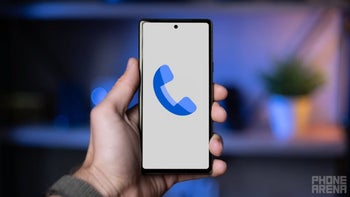




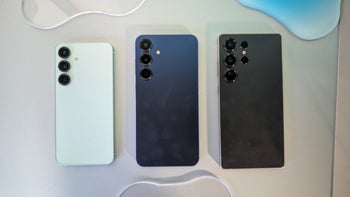

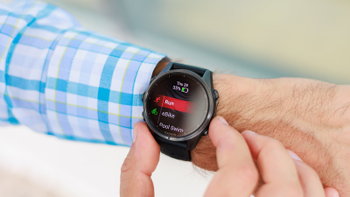
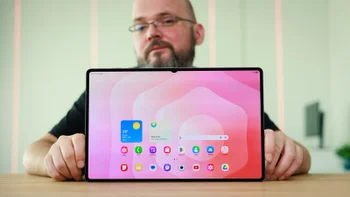

Things that are NOT allowed:
To help keep our community safe and free from spam, we apply temporary limits to newly created accounts: